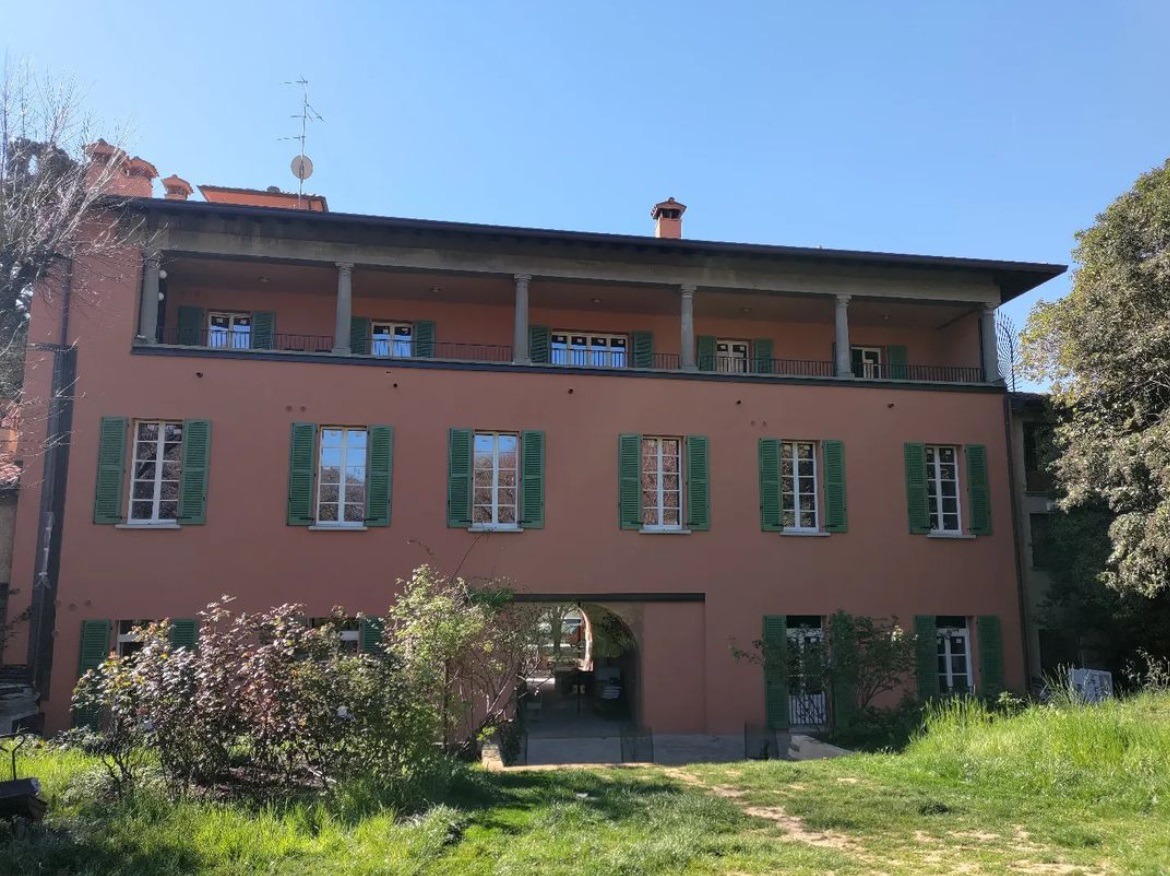
Transforming a Family Real Estate Business in Brescia
Introduction
In July 2024, a complex and transformative five-year project in the family real estate business will be concluded, marking a significant milestone in my personal and professional life. This case study details the journey, challenges, and strategies implemented from May 2019 to July 2024, which not only saved the business from a precarious financial situation but also optimized and expanded our real estate assets.
The Beginning: An Unexpected Responsibility
On May 19, 2019, while working on a real estate project in Milan for leisure and as a product manager in the automotive industry for business, I received a call from my father's accountant that changed everything. My father, hospitalized with a severe lung condition, had entrusted me with the management of the family business in Brescia before being placed in a medically induced coma. Despite being aware of his hospitalization, the severity and immediate transfer of responsibilities were shocking. I had offered my assistance many times before, but my father had always declined, leaving me unfamiliar with the intricacies of the business.
Initial Assessment and Strategic Planning
Faced with a daunting situation, I requested all active contracts and bank statements. During the following months, I spent every lunch break and night reconstructing the business's financial and operational status. By July 2019, the financial situation was dire, with only €500 in liquidity against €5,000 in expenses. Recognizing the need for immediate action, I initiated several strategic measures:
- Renegotiation of Contracts: I reviewed and renegotiated monthly contracts to reduce costs.
- Termination of Outdated Collaborations: Ended unnecessary collaborations dating back to the 1990s.
- Utility Cost Shifts: Transferred utility costs to tenants by introducing divisional cost allocations managed by third-party companies.
Asset Optimization
In 2019, we had four apartments in Brescia:
- Apartment A: Renovated in 1979 and tied to a lifelong free-use agreement.
- Apartment B: Renovated in 1984 and vacant.
- Apartment C: Renovated in 2016 and used by a tenant in exchange for services that were not being rendered.
- Apartment D: Renovated in 1964 and occupied by a non-paying tenant.
Additionally, a private party owed us €12,000 annually under a contractual obligation but was defaulting on payments.
Key Actions in 2019
- Apartment B: Rented out by September 2019, generating €9,000 annually.
- Apartment C: Terminated the non-performing service agreement and leased it to a company for €9,600 over six months.
- Apartment D: Persuaded tenants to start paying rent, generating €5,400 annually.
Legal Action
In parallel, I initiated legal action to recover the outstanding debt from the private party. For this, I selected a reputable civil lawyer from a nearby town, ensuring an unbiased perspective free from local influences.
Legal and Logistical Efforts
To manage these activities, I traveled to Brescia every weekend, sacrificing my social life in Milan. By December 2019, I had hired two part-time maintenance workers, replacing costly third-party contractors.
Pandemic Challenges and Continued Progress
In early 2020, the COVID-19 pandemic introduced new challenges. After a quarantine due to contact with a person from Codogno, I permanently relocated to Brescia in May 2020. Despite these difficulties, I managed to:
- Collect overdue debts from Apartment D.
- Secure new tenants for Apartment C, generating €9,600 annually.
- Obtain a general power of attorney from my father in July 2020.
- Initiate the renovation of the condominium with the help of trusted architects.
Expansion and Consolidation
In February 2021, we acquired additional properties in the condominium, including Apartment E, part of the attic, and a cellar. By May 2021, Apartment E was rented out for €18,000 annually. The local municipality approved our renovation project in June 2021.
Further Developments
- Apartment A: Became vacant in July 2021 but required significant repairs.
- Property Reallocation: To ensure continuity of renovation work amidst my father's health decline, another family member acquired a percentage of the properties.
- Sale of Apartment D: Sold in December 2021 to finance part of the renovation costs and reduce financial strain.
Major Renovation Project
In January 2022, we signed a contract with an important local general contractor, specialized in renovation projects: Bianchetti. It was a €1.5 million renovation project, aimed to upgrade the condominium and create a new unit. Although the project was delayed due to industry disruptions, it concluded in October 2023, resulting in significant energy efficiency improvements.
Strategic Sales and Reinvestment
With the European Union discussing green building directives, I preemptively sold Apartment B in May 2023, reinvesting the proceeds into our ongoing renovation projects to avoid future devaluation. This decision was crucial for maintaining the property's value in a changing regulatory landscape.
Final Outcomes and Personal Growth
- New Rental Incomes: The newly renovated Apartment E was leased for €17,400 annually in July 2023, and Apartment A was rented for €15,600 annually in May 2024.
- Project Completion: The final renovation tasks were completed by July 2024.
This project profoundly transformed me as an individual and a professional, providing immense growth and insight into real estate management.
Conclusion
The journey from a critical financial situation in 2019 to a thriving real estate portfolio in 2024 demonstrates the power of strategic planning, adaptability, and relentless effort. This case study not only serves as a testament to overcoming challenges but also as a guide for others facing similar circumstances in the real estate, or in any industry.
Post a comment